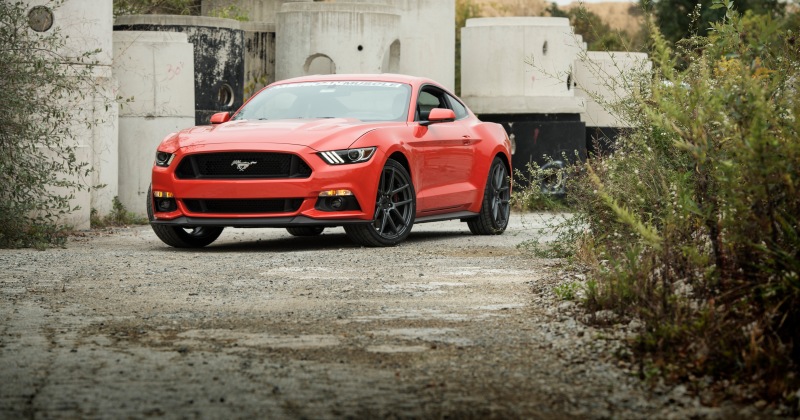Continuing with the turbo related components, both the hot and cold side of the turbo could use some massaging. Cp-e has done the R&D and come up with a really cool kit. Their satin black 2.5” HOTcharge hot side pipe is mandrel bent for minimal flow restriction and eliminates the flange for the factory by-pass valve (BPV).
To allow the elimination of the BPV, cp-e developed the Exhale 2.75” cold side kit, which incorporates an HKS SSQV blow-off valve (BOV) and an additional 1/8” bung to be used for a boost gauge or meth injection. The BOV is mechanically actuated (vacuum, instead of electronic) and utilizes a pull-type relief valve to maintain stable operation whether under high or low boost levels.
Finally, due to the triple-fin housing design, the HKS SSQV makes a very distinct, pleasing “whoosh” when excess pressure is vented. This is a necessary part in any build as it goes from being a mild bolt-on car to a more serious, yet street legal, ‘Stang.






